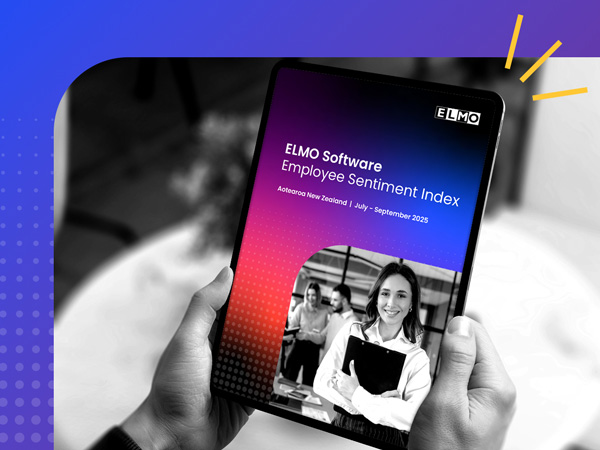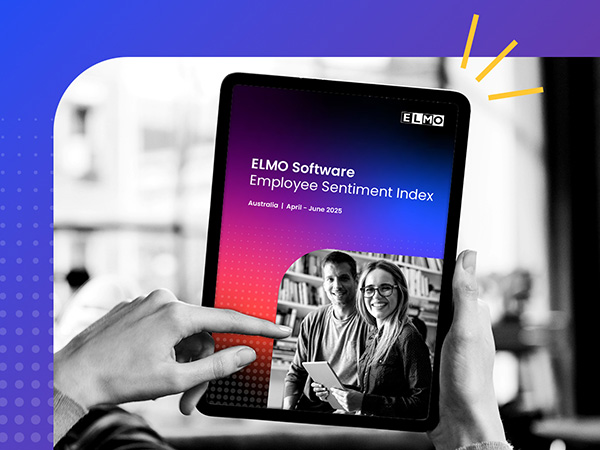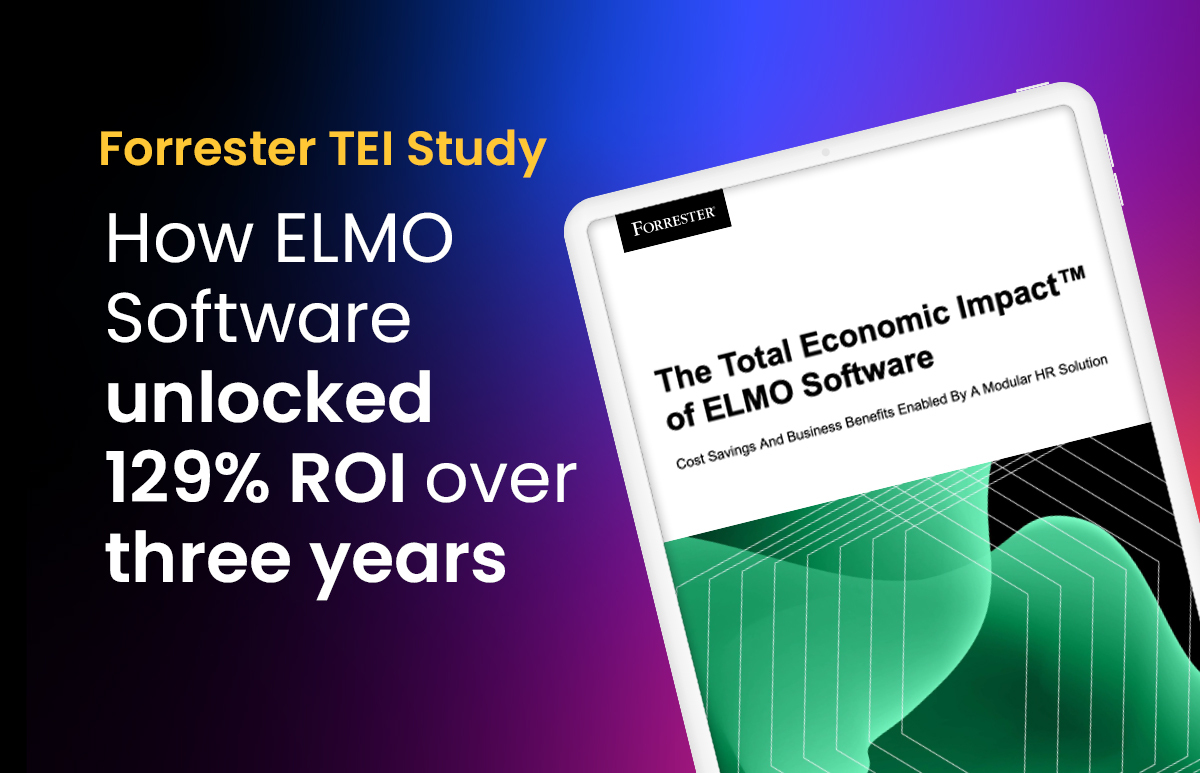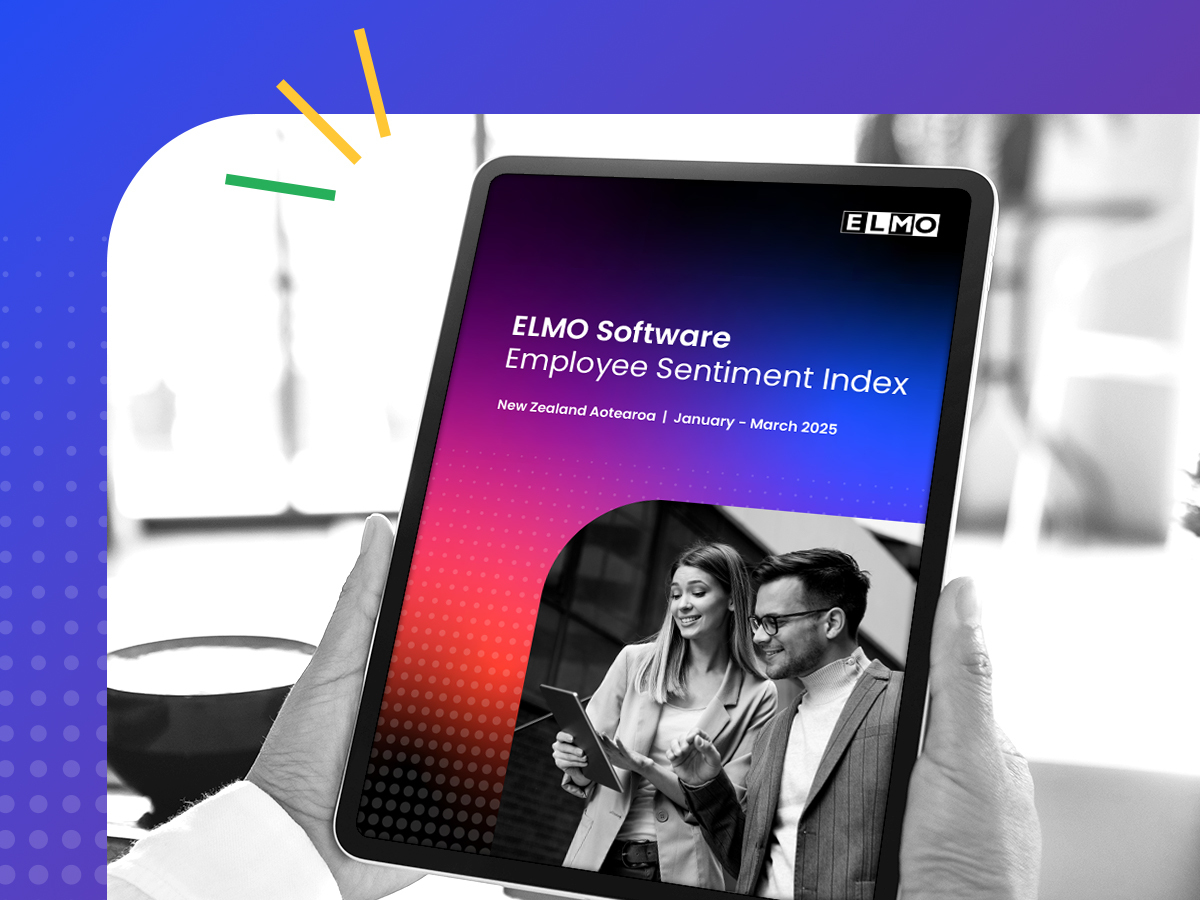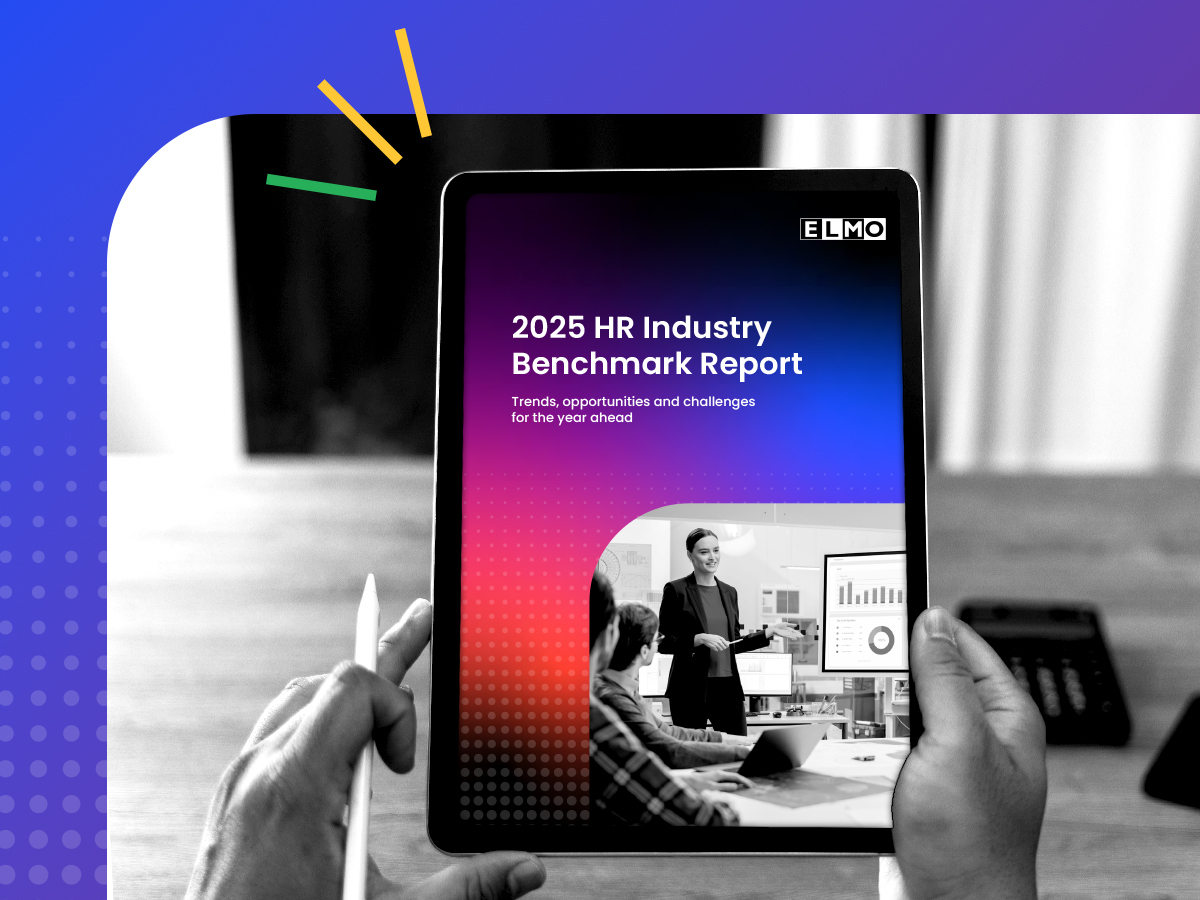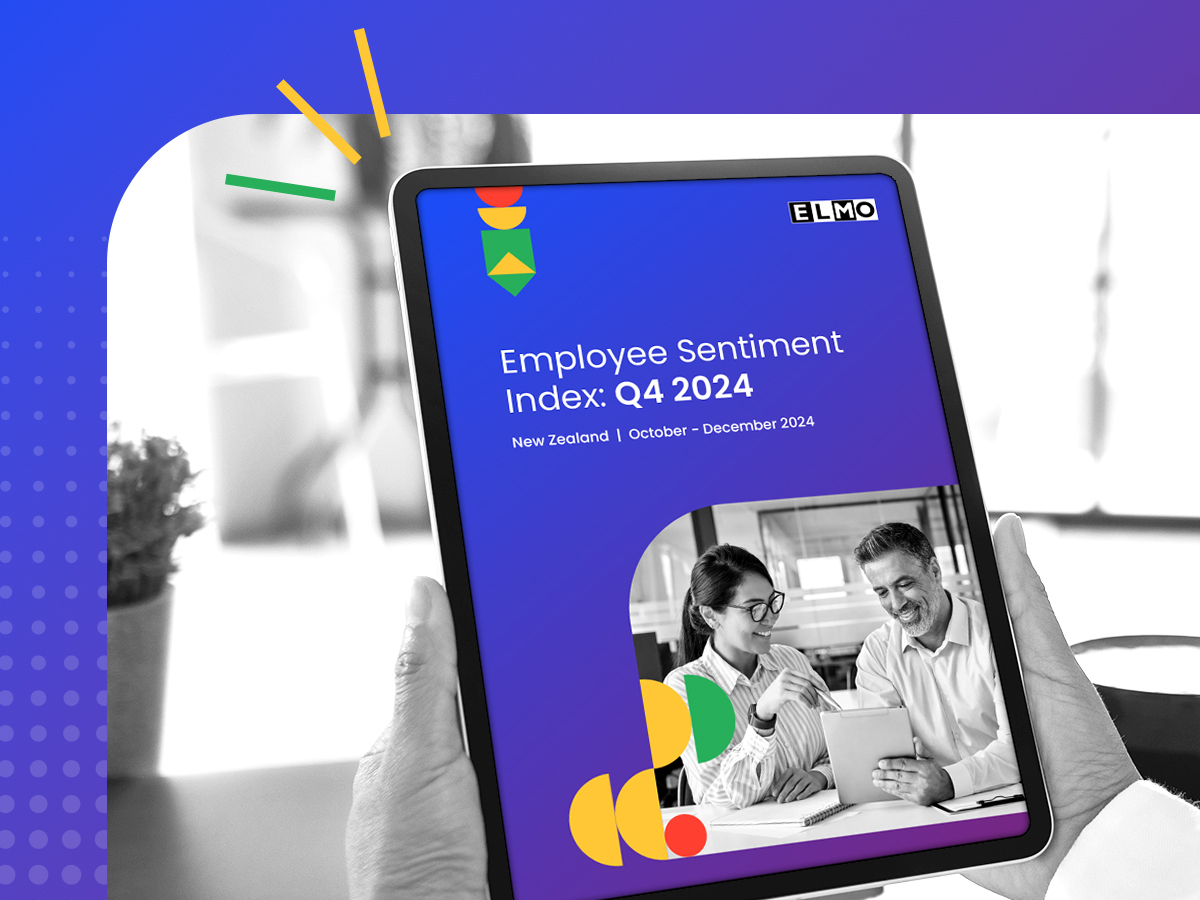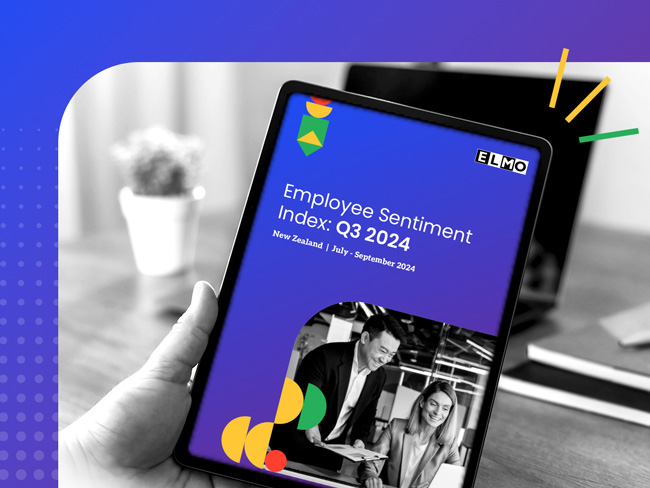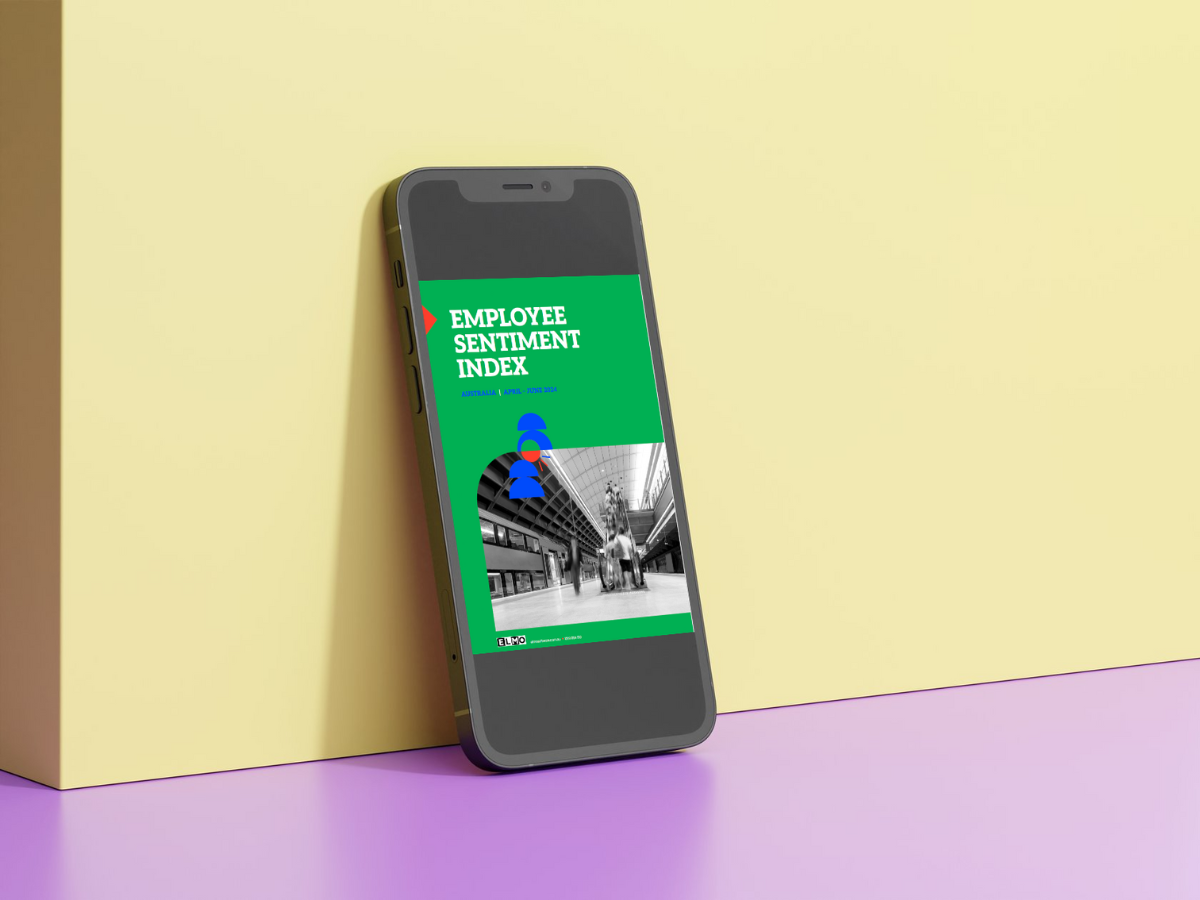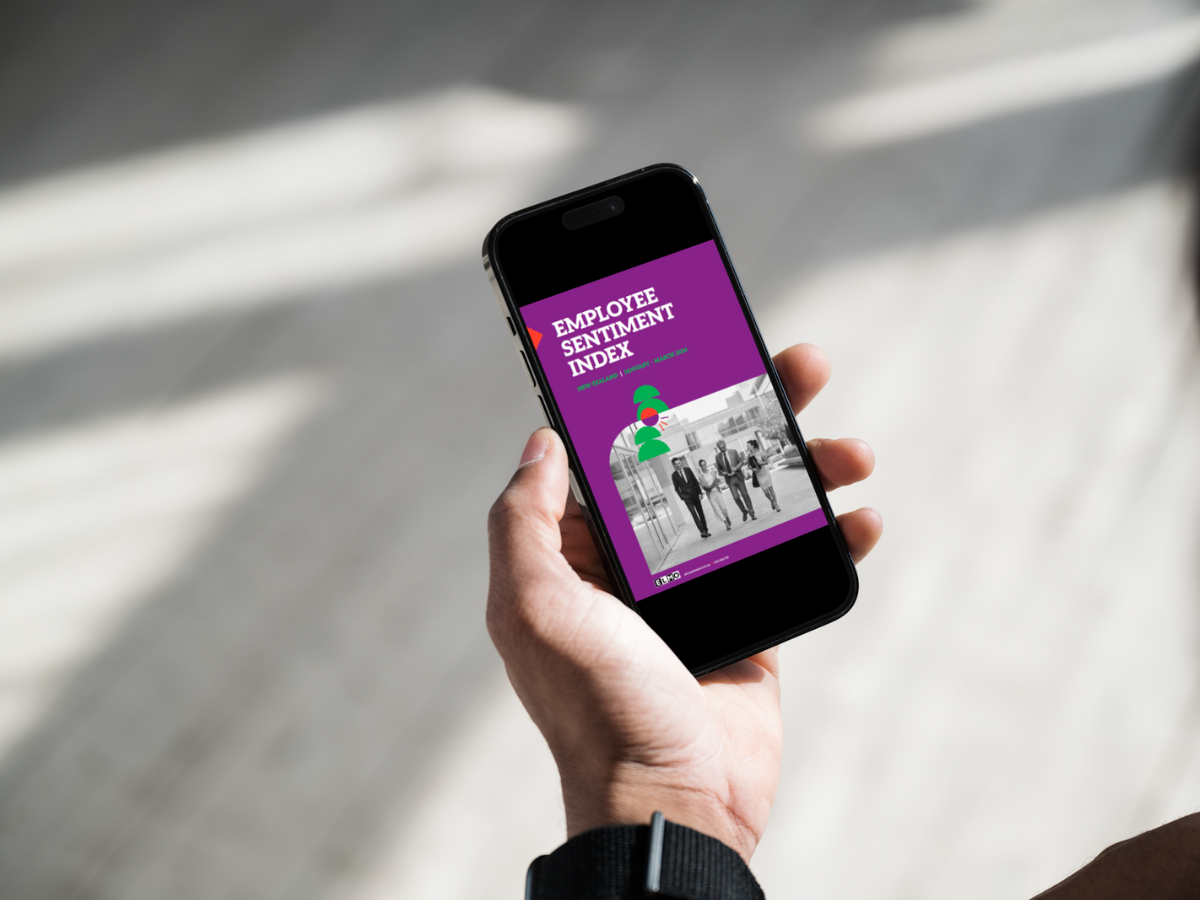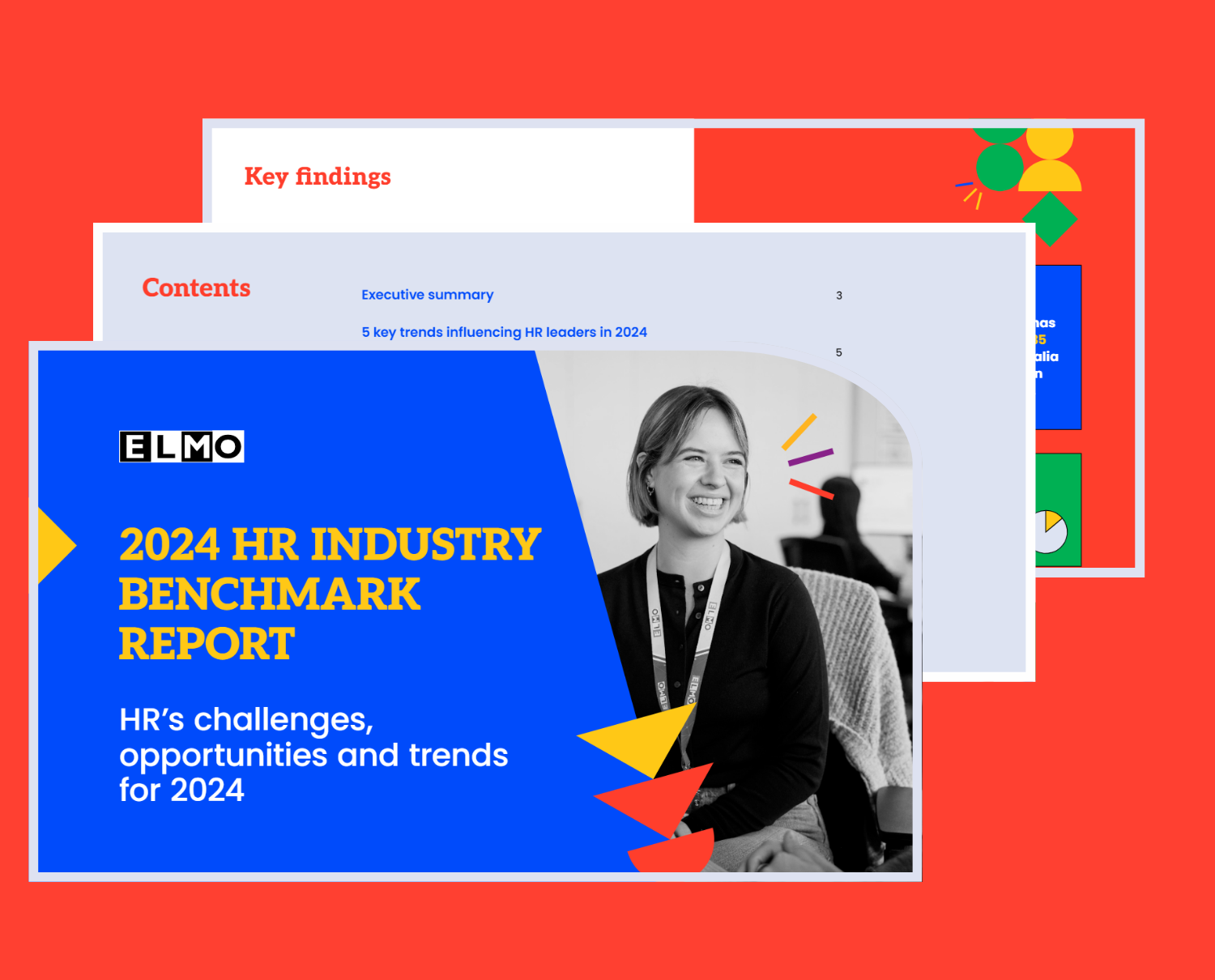Payroll: Insights from ELMO’s 2021 HR Industry Benchmark Report

Payroll is a fundamental business function. It is both contractual and emotional, and getting it wrong can be disastrous. In 2020, existing and long-standing payroll challenges were compounded with fresh challenges relating to COVID-19. Organisations were under increased pressure to keep informed of changing payroll and tax regulations – e.g. the introduction of government wage subsidy programs, such as JobKeeper in Australia – which presented a greater administration burden.
Almost all aspects of business experienced changes due to COVID-19. To find out about the current state of HR and payroll in Australia and New Zealand last year, ELMO partnered with the Australian HR Institute (AHRI) to survey more than 1800 HR professionals. The results, published in ELMO’s 2021 HR Industry Benchmark Report, provided valuable insights relating to the payroll function specifically.
First, some top-line payroll statistics:
- The most time-consuming payroll activity is ‘gathering required data input’, taking 7 hours per month on average.
- 78% of respondents had fully implemented payroll technology in 2020 – a 5% increase from 2019.
- 9 in 10 (89%) respondents with fully implemented technology can measure the performance of their payroll processes.
- ‘Manual processes and workarounds’ is the top payroll challenge facing businesses.
Common payroll challenges
The biggest payroll challenge facing organisations in Australia and New Zealand is ‘manual processes and workarounds’, according to 42% of respondents. This was followed by ‘poor or no integration between employee systems across HR vs. rostering/time & attendance / or payroll systems’ (32%) and ‘interpretation of Awards / Enterprise Agreements’ (27%). See full results in the graph below.
Responses were further analysed to assess the impact of technology on resolving or easing these challenges. The top challenge, ‘manual processes and workarounds’, was especially prevalent for those who did not have fully implemented technology, with 50% of respondents selecting this. By comparison, this challenge was selected by 40% of those who had fully implemented technology.
However, looking at the second-biggest challenge, ‘poor or no integration between employee systems across HR vs. rostering/time & attendance / or payroll systems’ (cited by 32%), it’s surprising to see that 29% of those respondents have technology fully implemented. This suggests that technology can’t resolve all issues and can indeed create fresh challenges if systems are not integrated effectively.
The third-biggest challenge, ‘interpretation of awards / Enterprise Agreements’ (27%), was not a surprise, since the payroll environments in Australia and New Zealand have always been complex, and COVID-19 only added to this complexity. Fortunately, it seems technology is helping in this scenario, as less than one quarter (24%) of respondents with fully implemented technology cited this as a challenge, compared to 40% of those without technology.
Tools to manage payroll processes
So, how are organisations managing payroll processes? The most popular tool is stand-alone payroll software, used by more than half (52%) of respondents, followed by integrated HR and payroll software (28%).
Breaking down the data by organisation size, mid-market organisations are the biggest users of stand-alone payroll software (58%), whereas more enterprise organisations use integrated HR and payroll software (58%). The prevalence of integrated platforms for enterprise organisations is expected, given the time, cost and resource savings possible by having all-in-one HR and payroll systems.
For many organisations, manual processes are prevalent. According to the report, 26% of organisations use spreadsheets to manage payroll (most of which are mid-market), and 7% use paper-based methods. SMBs are the biggest users of accounting software, with 30% of respondents selecting this option.
Looking ahead
In 2020, the pay landscape changed immensely, and payroll managers experienced many new challenges. ELMO’s report showed that manual processes were cumbersome and suggested that organisations may benefit from implementing technology to streamline processes and keep track of performance. Taking stock from the past 12 months, organisations can put processes in place that improve procedures, lessen admin burden and remove the risk of non-compliance.
This blog only presents top-level results from one section of the ELMO 2021 HR Industry Benchmark Report. If you’d like a comprehensive overview of HR and payroll trends, challenges, use of metrics and technology, download your report today. The HR Industry Benchmark Report provides in-depth insights into the current state of end-to-end HR processes, including recruitment and onboarding, learning & development, performance management, and more. Data in our report is split by company size, geography (Australia / New Zealand), role seniority, and industry^ – enabling you to benchmark your current HR practices against your peers.
 HR Core
HR Core 

